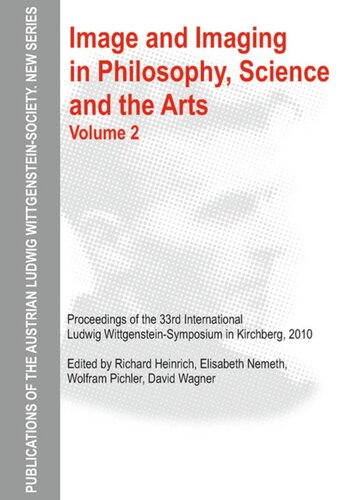

Most ebook files are in PDF format, so you can easily read them using various software such as Foxit Reader or directly on the Google Chrome browser.
Some ebook files are released by publishers in other formats such as .awz, .mobi, .epub, .fb2, etc. You may need to install specific software to read these formats on mobile/PC, such as Calibre.
Please read the tutorial at this link: https://ebookbell.com/faq
We offer FREE conversion to the popular formats you request; however, this may take some time. Therefore, right after payment, please email us, and we will try to provide the service as quickly as possible.
For some exceptional file formats or broken links (if any), please refrain from opening any disputes. Instead, email us first, and we will try to assist within a maximum of 6 hours.
EbookBell Team

4.4
92 reviewsDiagrams are an essential part of the most diverse processes of communication and cognition. Indeed, today the production of all kinds of text (including this one) is mediated by diagrammatic tools to be found on computer desktops. Not surprisingly, then, diagrams have become the object of much historical and theoretical work. This book--volume 2 of the Proceedings of the 33rd International Wittgenstein Symposium--is dedicated to this quickly growing field of interdisciplinary research. It includes contributions from philosophy, sociology (space syntax), art history, and history of science. Historically, there is a focus on Otto Neurath and his famous visual language (ISOTYPE), while the new attempts at theorizing diagrams presented here are mainly inspired by Charles Sanders Peirce and Ludwig Wittgenstein.